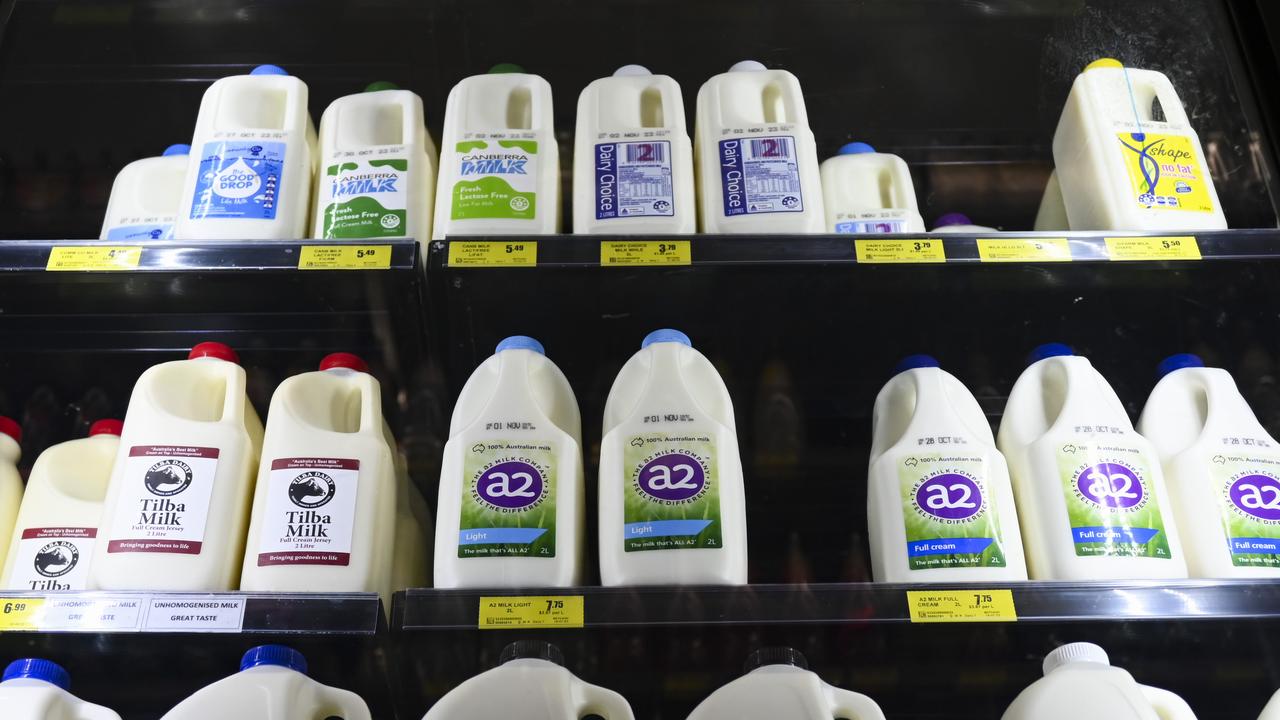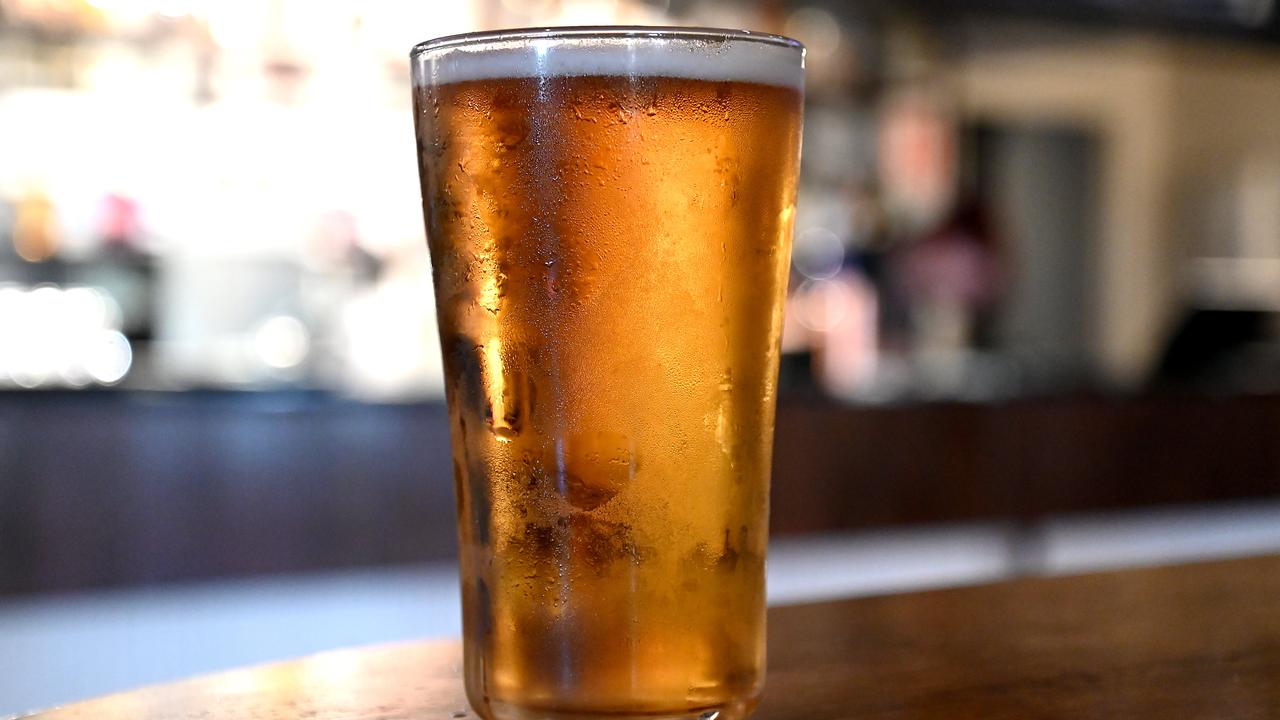World’s dire future: Melbourne exhibit shows how culinary scene will look in 26 years
Futurists have painted a bleak picture for the world’s culinary scene, predicting how food will be sourced by 2049.

Futurists have painted a bleak picture for the world’s culinary scene, predicting food will be sourced from underwater farms and artificial intelligence by 2049 if climate change isn’t taken seriously.
At a warehouse nestled in the centre of Melbourne’s Southbank, design and architecture students from Swinburne University have delivered a rare insight into a future where current food systems and cultures are extinct.
They predict that in 26 years, a large AI creature that absorbs people’s food memories before spitting out a petri dish containing that memory will exist — alongside “airconditioning jackets” and “flying cars”.
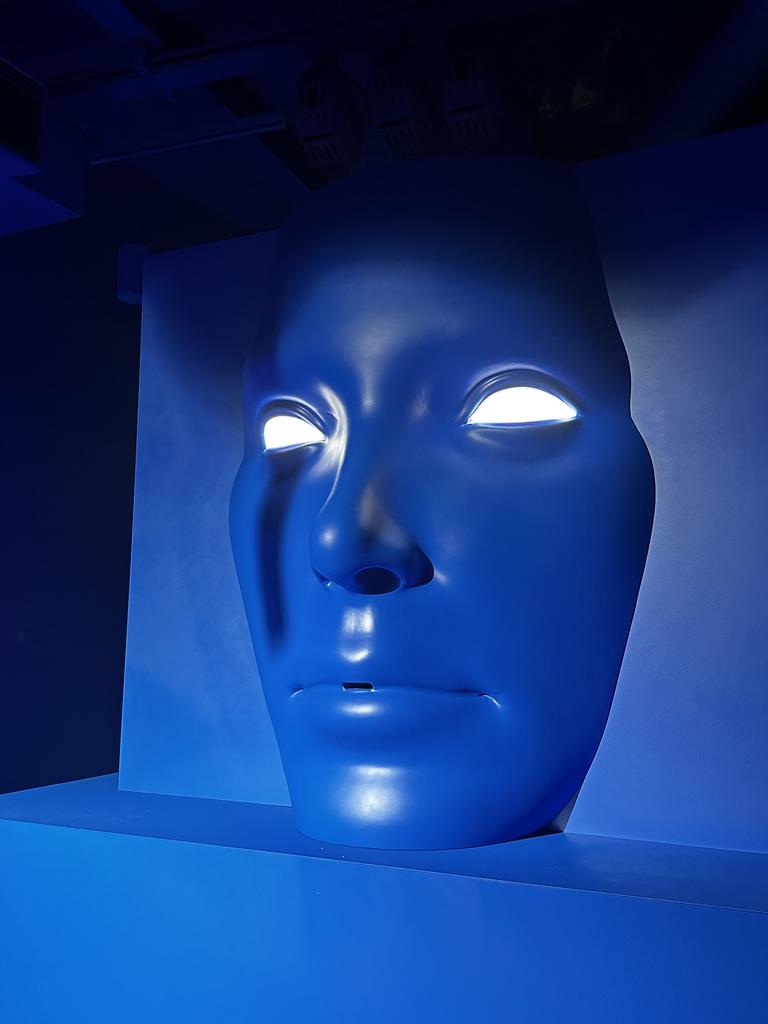

Meanwhile, extreme weather events and regular disease outbreaks will create a chicken shortage, reducing availability of the white meat as well as eggs, student Adrian Liew believes.
The only way to counteract this is to “genetically modify” chicken to make the food source more sustainable and “resilient” to the environment.
Intense heat and flooding is also predicted to reduce crop yields by 25 per cent, causing a significant strain on food production as the world population soars to 9.7 billion.
A concept known as “mindfood” will also exist where AI will play a role in visual and sensory consumption.
“We’re exploring how AI-powered ‘augmented taste’ offers a new dimension to the way we experience food, unlocking a world of sensory possibilities made possible by the machines that interface directly with our minds,” artist and Futureology founder Ace Salama said.
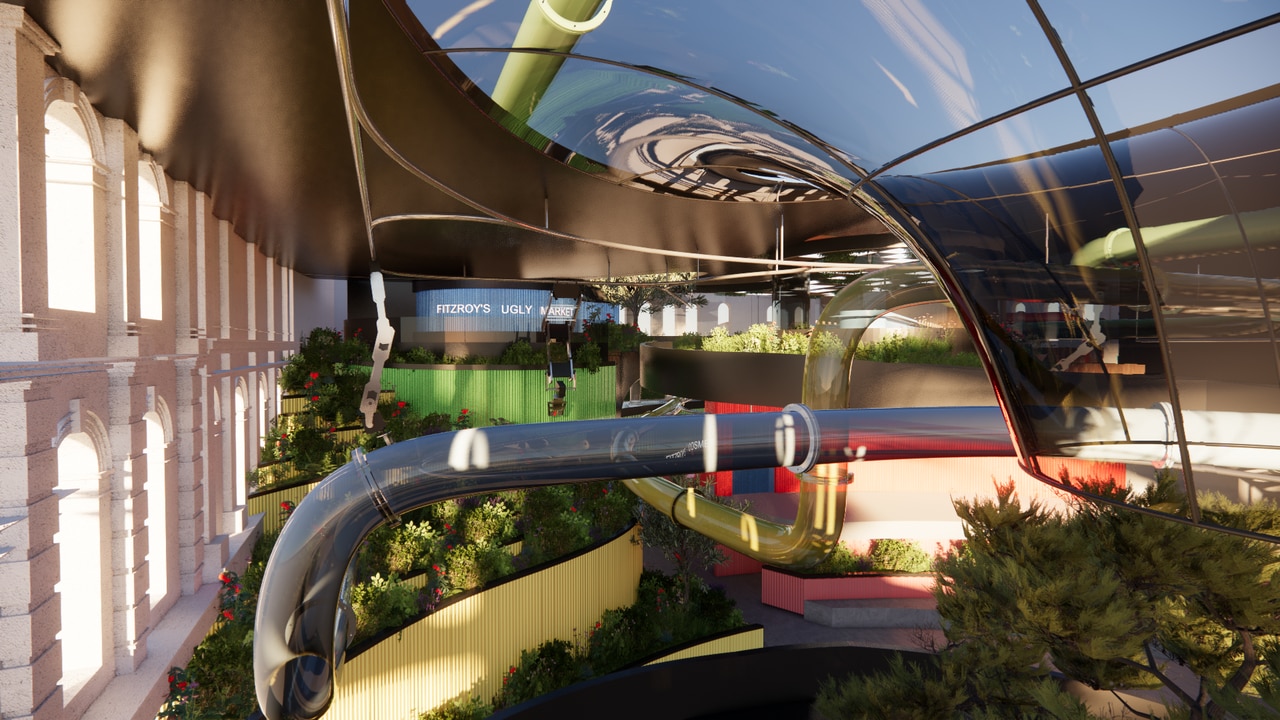
Ultimately, student Adrian Pace predicted that traditional food sources will become a “distant memory, replaced by a bland, lifeless substance called ‘Gloop’” – which also happens to be the name of the futurist exhibition.
While these predictions may seem unrealistic now, architecture lecturer Dr Linus Tan told news.com.au it’s very possible such forecasts could become a reality during our lifetime.
“We won’t be talking about climate change in 2049. It’ll be a changed climate by then. This changed climate will disrupt global food systems, which will drastically impact how we feed our global population of 10 billion,” he said.
“The scientific consensus overwhelmingly points towards our human activities, such as meat farming and agricultural practices, contributing to climate change.
“Without substantial efforts to revise how we produce our food, and possibly change how we perceive what makes a healthy diet, the speculations mentioned earlier could become a real scenario.”
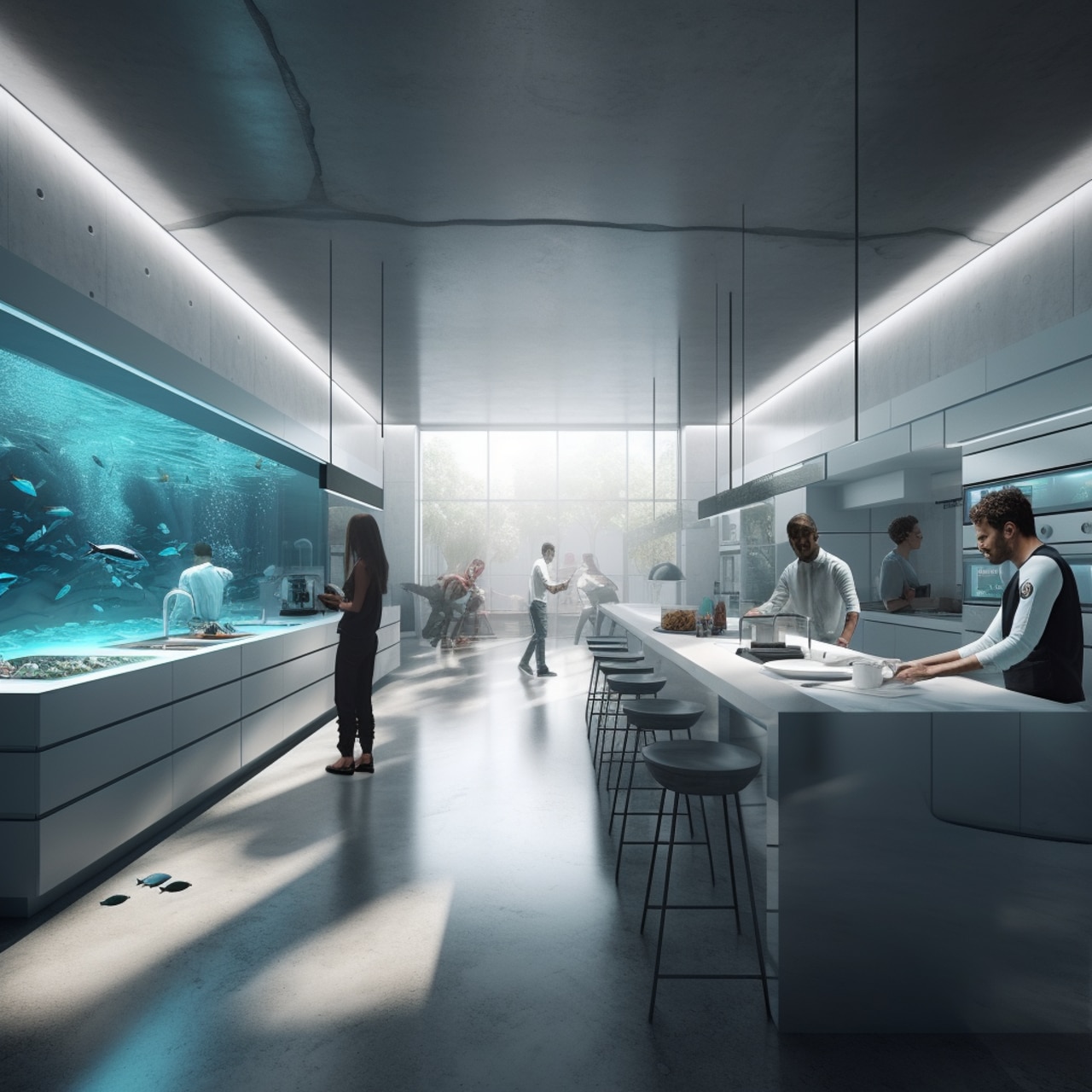
For those still unable to visualise how climate change and new technologies will impact the world’s food supply, the Swinburne students are welcoming Melburnians to experience the “future you may not want” at the Gloop – Exploring Food Systems in 2049 (Part 1) exhibition by Futureology.
First presented at Melbourne Design Week, it provides visitors with a unique and immersive culinary experience of the year 2049.
There are three angles presented in Futureology founders ARay and Ace’s exhibit, which they invited Swinburne to contribute to as guest industry leaders.
These angles include the StoryWorld of GloopAI – an AI controlled corporation which makes synthetic food for humans – the “futureneering” process, and collaboration.
The predictions made by students – which were inspired by Aray’s teachings – are showcased in interactive displays, with visitors encouraged to consider how they can be a catalyst for change, so that the predictions don’t become a reality.
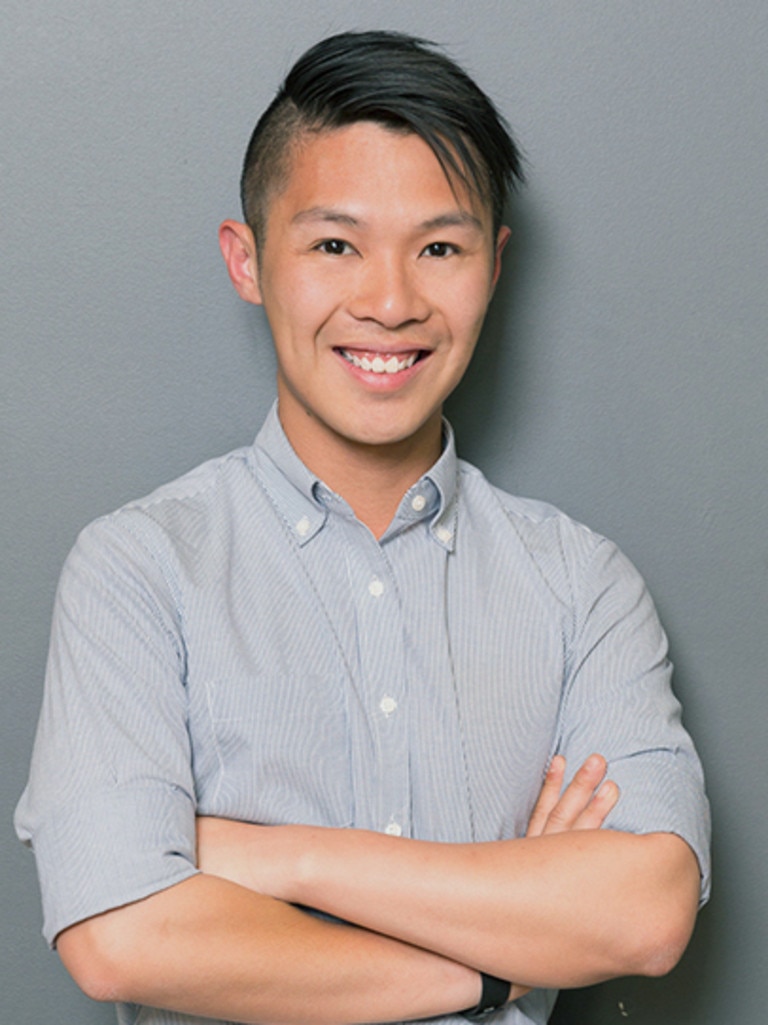
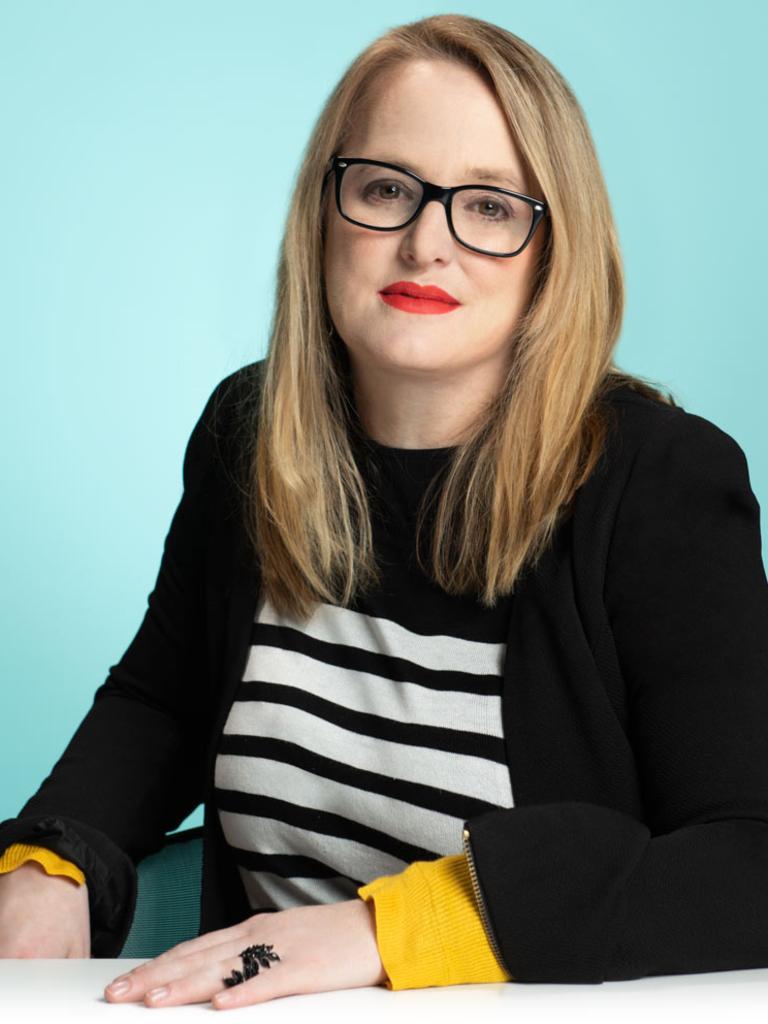
“The Master of Architecture and Urban Design students found that the increased frequency and intensity of extreme weather events is likely to lead to greater crop failures, food shortages and food price surges,” Dr Tan said, referring to some of the most dire predictions students have showcased.
“To protect our farming activities from the harsh weather, we may have to move them underwater. Food deserts in cities may also occur, and people may have to resort to food waste as a food source, i.e. repurposing food.”
Another concept on display was “extreme cuisine” and how it will be used as a solution to feeding the world in a time of food scarcity.
“I think we may be fast approaching a future of “extreme cuisine” where food extinction may be very real, and we’ll be challenged with solutions to feed the world,” artist and Futureology founder ARay said.
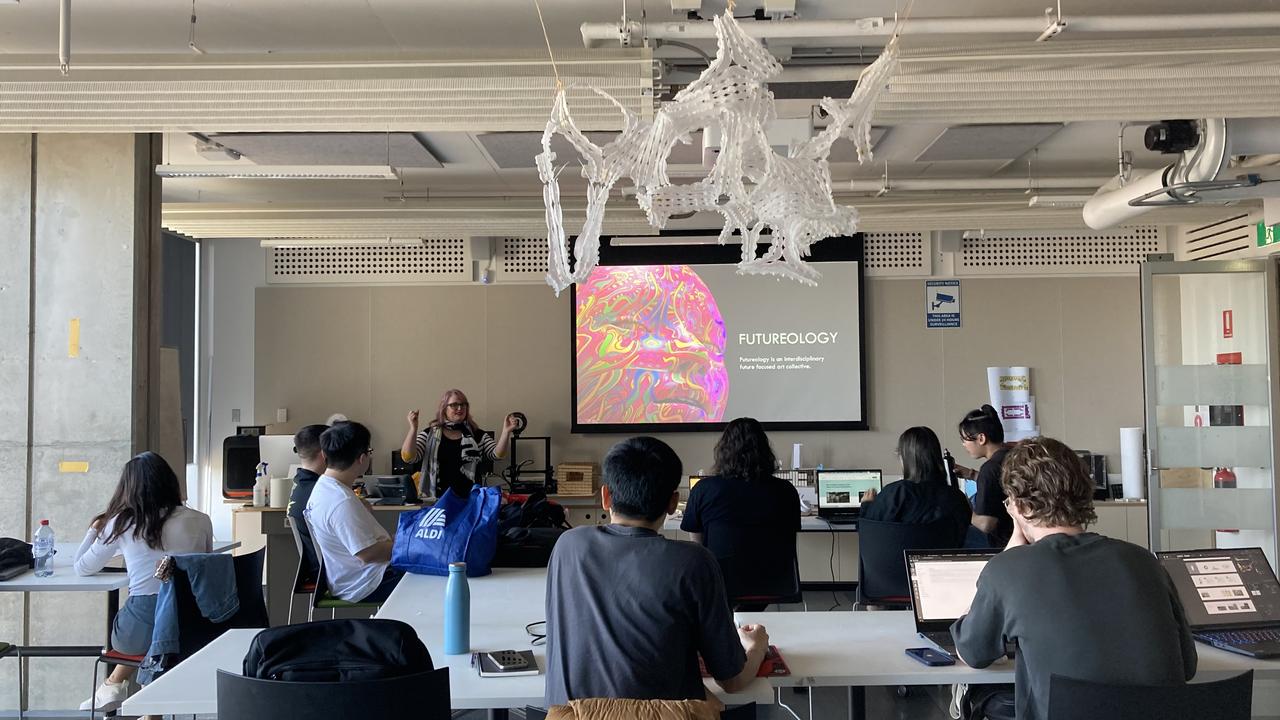
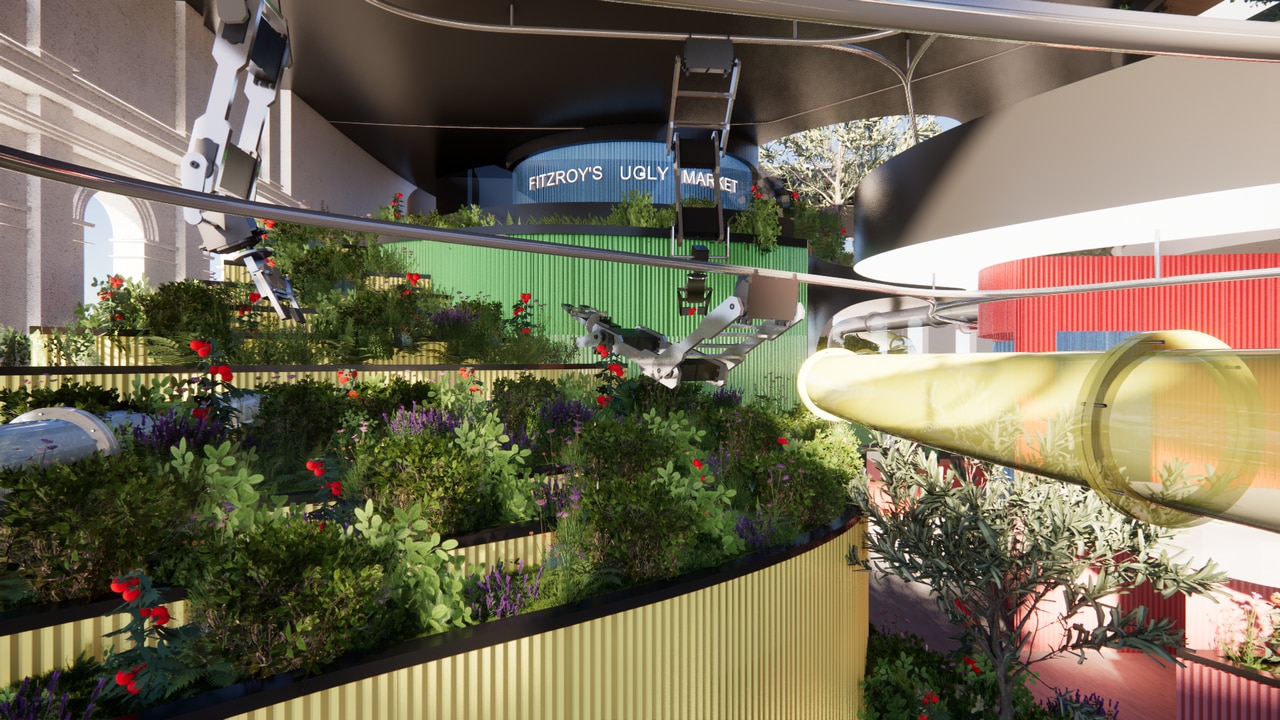
More Coverage
Dr Tan added that the ideas posed in the exhibition invites viewers to “stretch their imagination” to become forward thinkers.
“While it may seem rational to optimise food consumption purely for body nutrition purposes – just like Gloop – I hope there is a strong community spirit to protect the art of food making, the relational bonding like in a first dinner date, and the generational-crossing of memories like grandma’s secret pasta sauce recipe, that happens when we consume food,” Dr Tan said.
Gloop was launched by Futureology and supporting partners BETA by STH BNK and the National Gallery of Victoria. It is open to the public until June 10, with free entry. Exhibits by Slow Food Australia, Urban Plant Growers, Disruptive Business Network and food by Chef Gigi also feature in the showcase




